RAINY WEATHER: WHY WATER?
Prognastication, Nope
Who can predict the weather? If it happens to be raining cats and dogs as you read this, my words might make you want to pelt me with ripe tomatoes — if you had them yet. Still, I’ll say it again: Timely watering is the way too get the best plant growth from any plot of ground in any season.
Watering usually helps even in wet seasons because all the water that falls in such seasons is not available to plants. Roots need air to function, and a cat and dog rain temporarily drives all the air out of the ground. Roots start to breathe and function well again only after gravity has pulled excess water deeper into the ground. A timely watering will spur plant growth in drier periods between rains.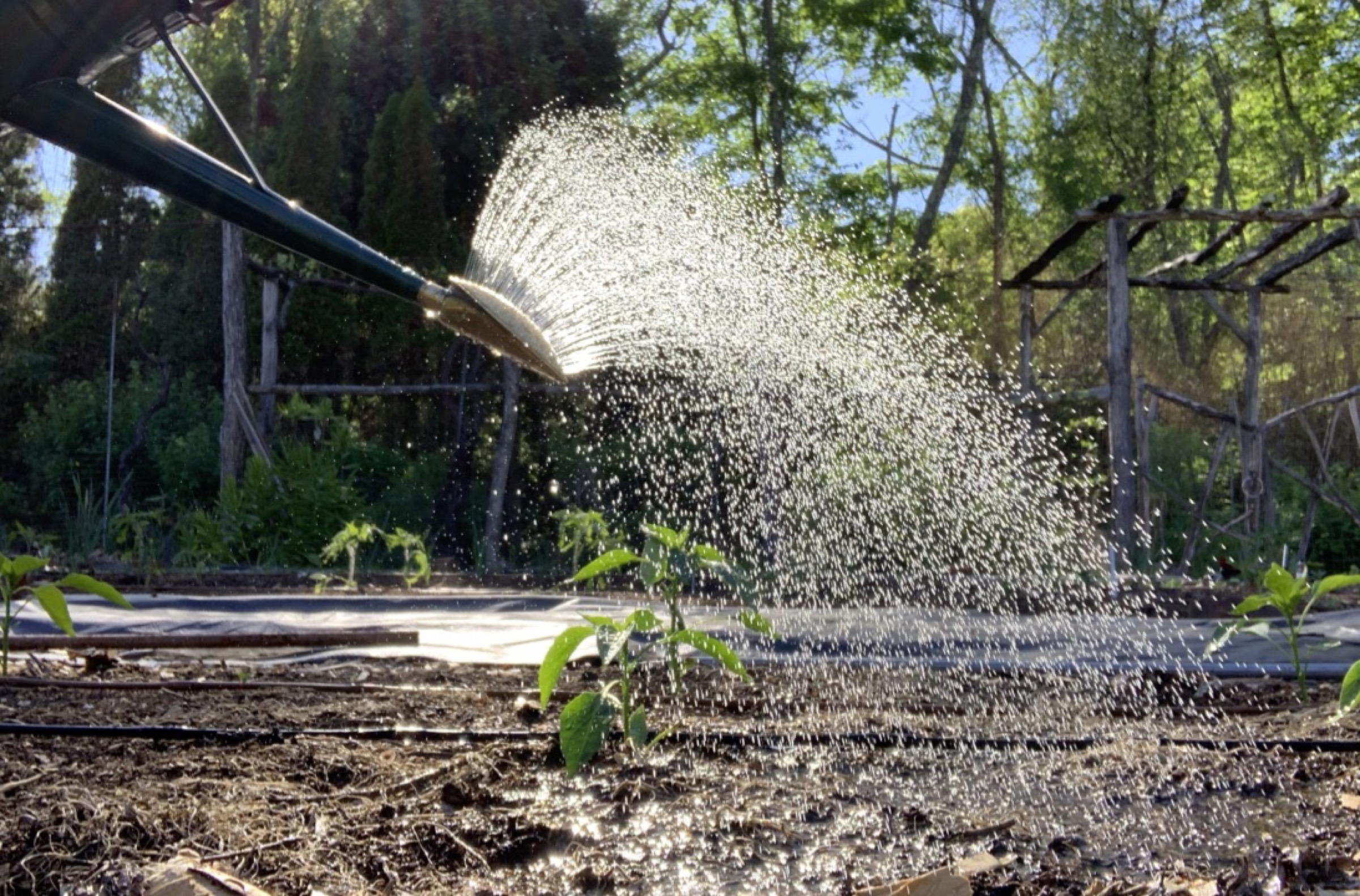
I’m not making a case for setting up elaborate irrigation systems to water every maple, marigold, lettuce, and lawngrass. (My blueberry bushes and my vegetables are the only plants that are watered regularly, here — as described in my book Weedless Gardening — with drip irrigation on a timer.) Too much perfection in watering can spur invasion of aggressive grasses into a wildflower garden. Depending on what you grow and how you take care of your plants, most of your yard probably doesn’t justify regular watering except, of course, in dry climates when temperate climate plants are being grown.
To Each Its Own
The part of the garden that cries out most for timely watering, year in and year out, is the vegetable garden. Most vegetables are annual plants, so must have their thirst quenched with the work of just a season’s growth of roots. What’s more, we want our vegetables tender and juicy, qualities that come from cells plumped full of water.

Drip line in vegetable bed
Not all vegetables, though, are equally demanding of water. Lettuce and radishes do reach perfection only in consistently moist soil, and sweet corn is also very thirsty. But melons and squash get by with less water and tomatoes actually taste best if the ground beneath them is kept slightly dry.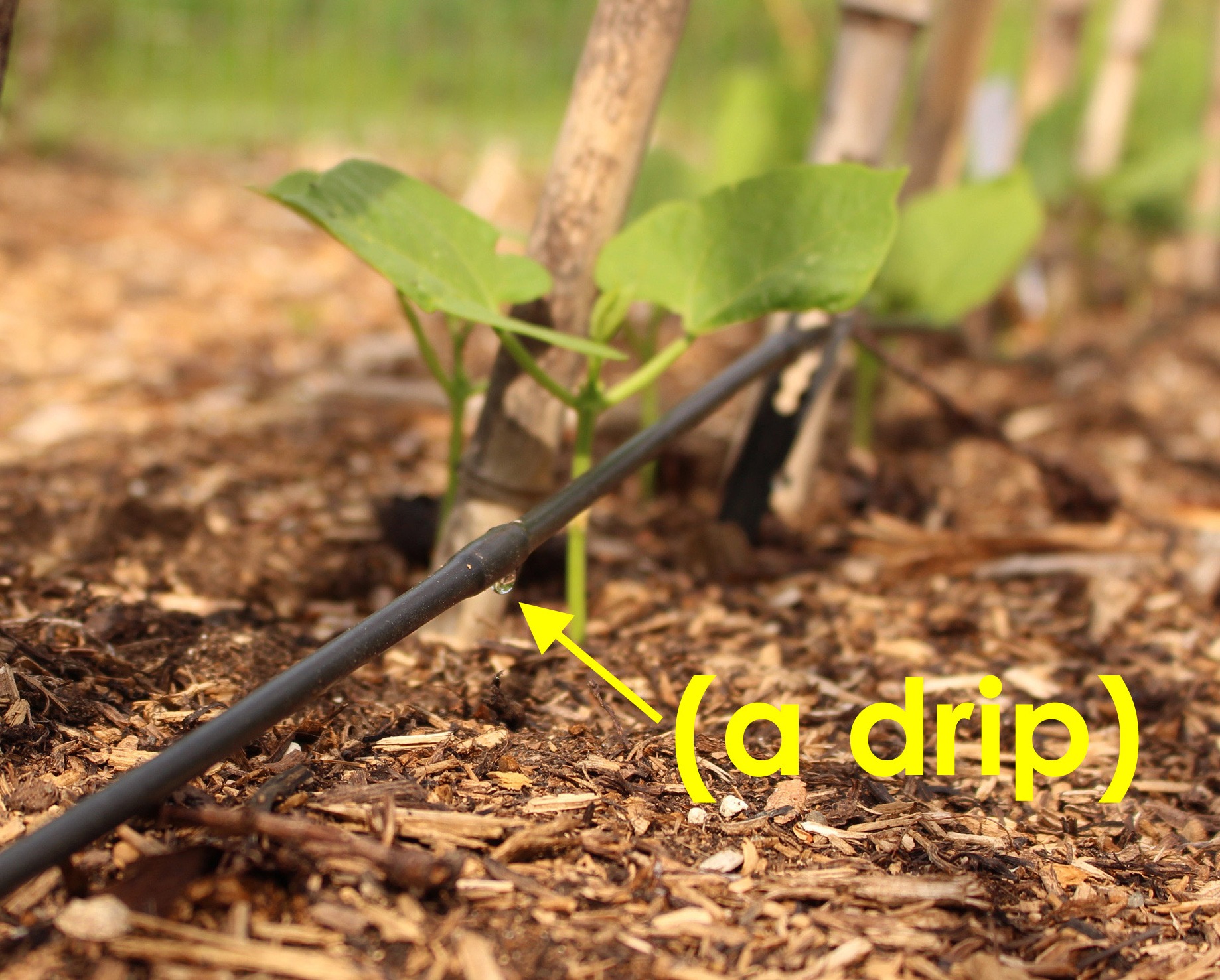
Let’s sidle over to the flower bed now. Annual flowers need water until their roots establish themselves. Beyond the establishment phase, though, there are plenty of annual, biennial, and perennial flowers that grow well without any watering at all. After all, sufficient rain falls throughout the growing season, at least over much of the eastern portion of the U.S., northern Europe, and western and southeast Asia.
And some flowers — Russian sage, potentilla, pinks, coneflower, lavender, and yarrow, as well as globeflower, strawflower, and other flowers known to dry well after cutting — do well with very little water. Of course, if your goal is an English flower garden lush with delphinium spires, supplemental watering is probably needed. In that case, moving your garden to England also might be justified.
Like annuals, newly planted or young trees, shrubs, and vines need to be watered only until they get established. These plants also eventually get along fine without supplemental watering if plants are chosen that are adapted to their locations. Here on the farmden in New York’s Hudson Valley, I plant trees and bushes with care, top the ground with arborist wood chips or hay, then water them religiously their whole first season. After that they’re on their own, unless they’re large to begin with, in which case more than one season of coddling might be needed.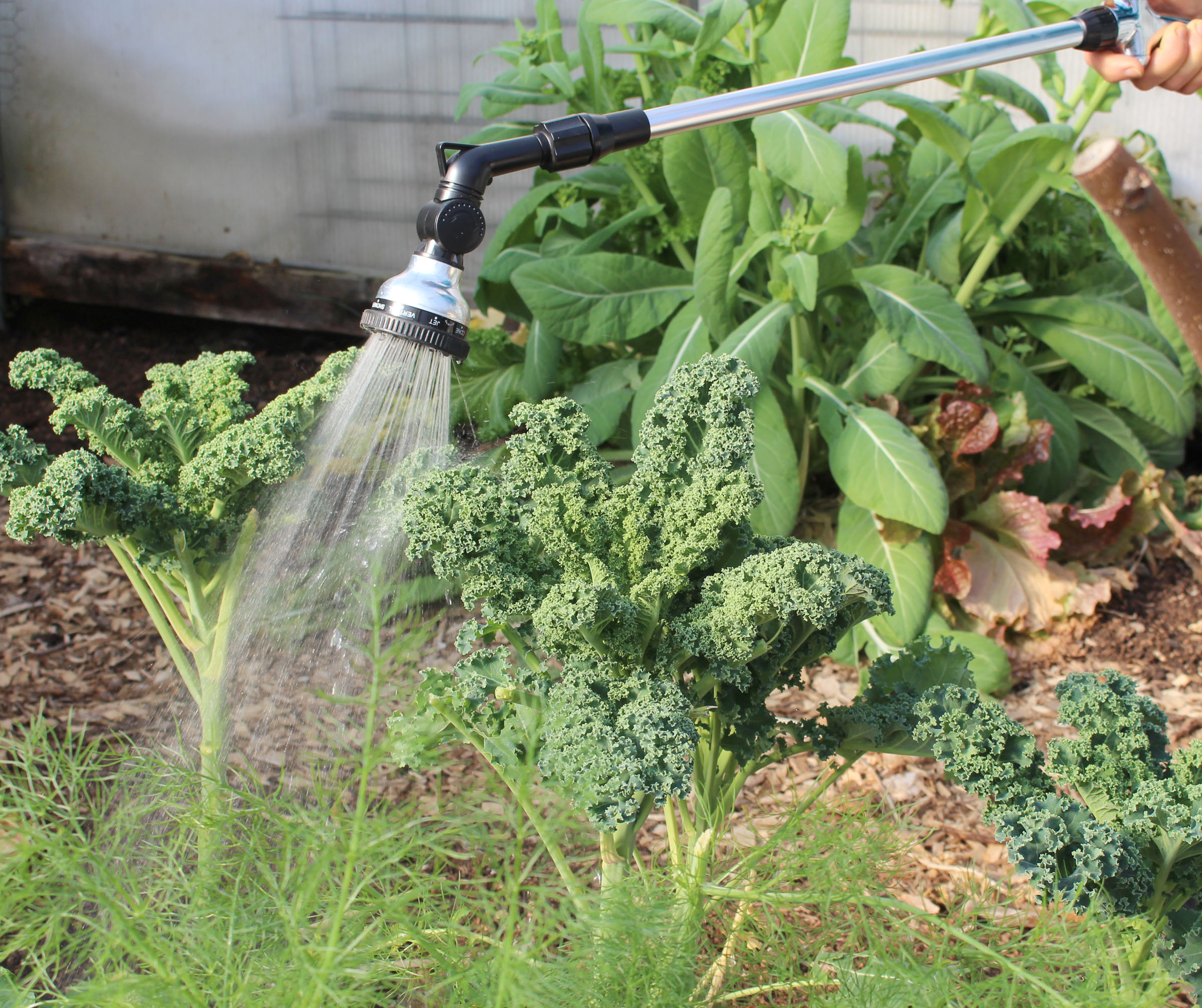
Supplemental Watering, Without Water
Whether you’re growing vegetables, flowers, or trees, how you care for the soil can have as much impact on satisfying your plants’ thirst as can watering itself. Applying plenty of organic materials — anything that was once alive, such as such as compost, leaves, or straw — makes a soil better able to sponge up extra moisture.
Another way to preserve moisture is to avoid digging or tilling the ground; these activities disrupt capillary water connections in the soil and “burn up” those decomposing organic materials too quickly. Used instead as mulches, raw organic material slowly decompose at their interface with the soil to become humus, a witch’s brew of naturall compounds with biological, physical, and nutritional benefits to plants and soil. Rainfall then percolates that goodness down into the ground. Organic mulches have the additional benefit of preventing evaporation from the ground’s surface and suppressing weeds which, given the opportunity, steal moisture (as well as nutrients and light).

Beds and nearby paths with compost and wood chip mulches
Whenever some plants justify watering because of a freak dry season or just because of the kinds of plants they are, do it right. Figure, on average, on plants’ needing a one inch depth of water per week, as rainfall or sprinkler fall measured into a straight sided container. If you use drip irrigation, a watering can, or a hose, translate that figure into a half-gallon per square foot of planted area or estimated spread of roots.
Those amounts would need tweaking in drier regions where rainfall is less and evaporation from the ground and water loss through leaves is greater.
Ignore What You Just Read
Ignore everything you just read when it comes to potted plants. With limited root volume, these plants need frequent watering. How much or how often depends on the size and type of plant, the size of the pot, and the particular potting mix.
My potting mix, with 1/4 by volume of perlite, is very well drained so there’s little threat of overwatering. Barring a good, soaking rain, these plants get watered once a day.  I have lots of them so most are set up with automatic watering, some with drip tubes into each pot. The water is turned on and off with a battery-operated timer at the spigot.
I have lots of them so most are set up with automatic watering, some with drip tubes into each pot. The water is turned on and off with a battery-operated timer at the spigot.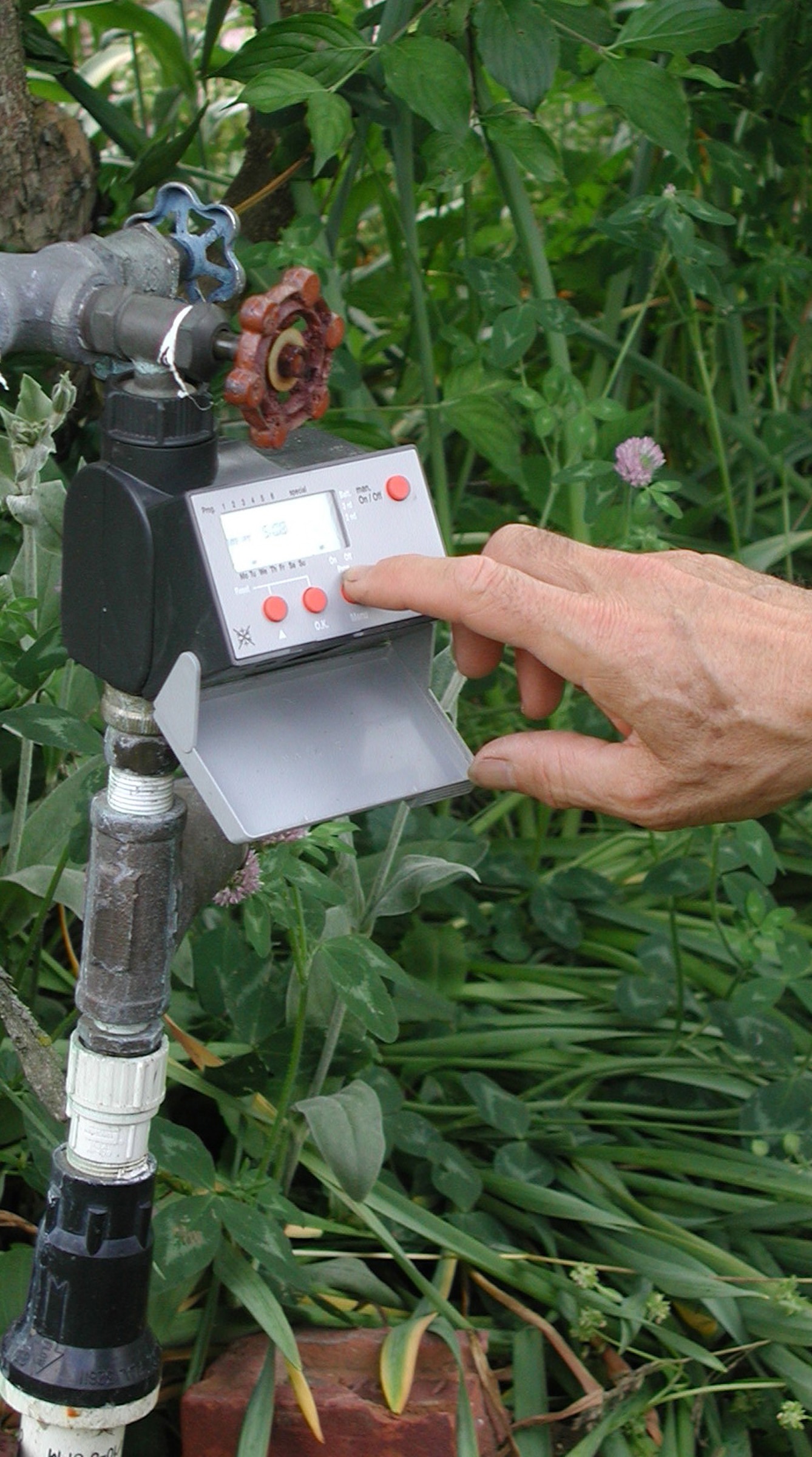
And other plants I have are watered as their potting mix soaks up water from a capillary mat on which they sit, that mat, in turn, soaking up water from a reservoir into which one end of the mat is dipping (“Waterbed, Benchmaster). I just have to periodically top up the reservoir.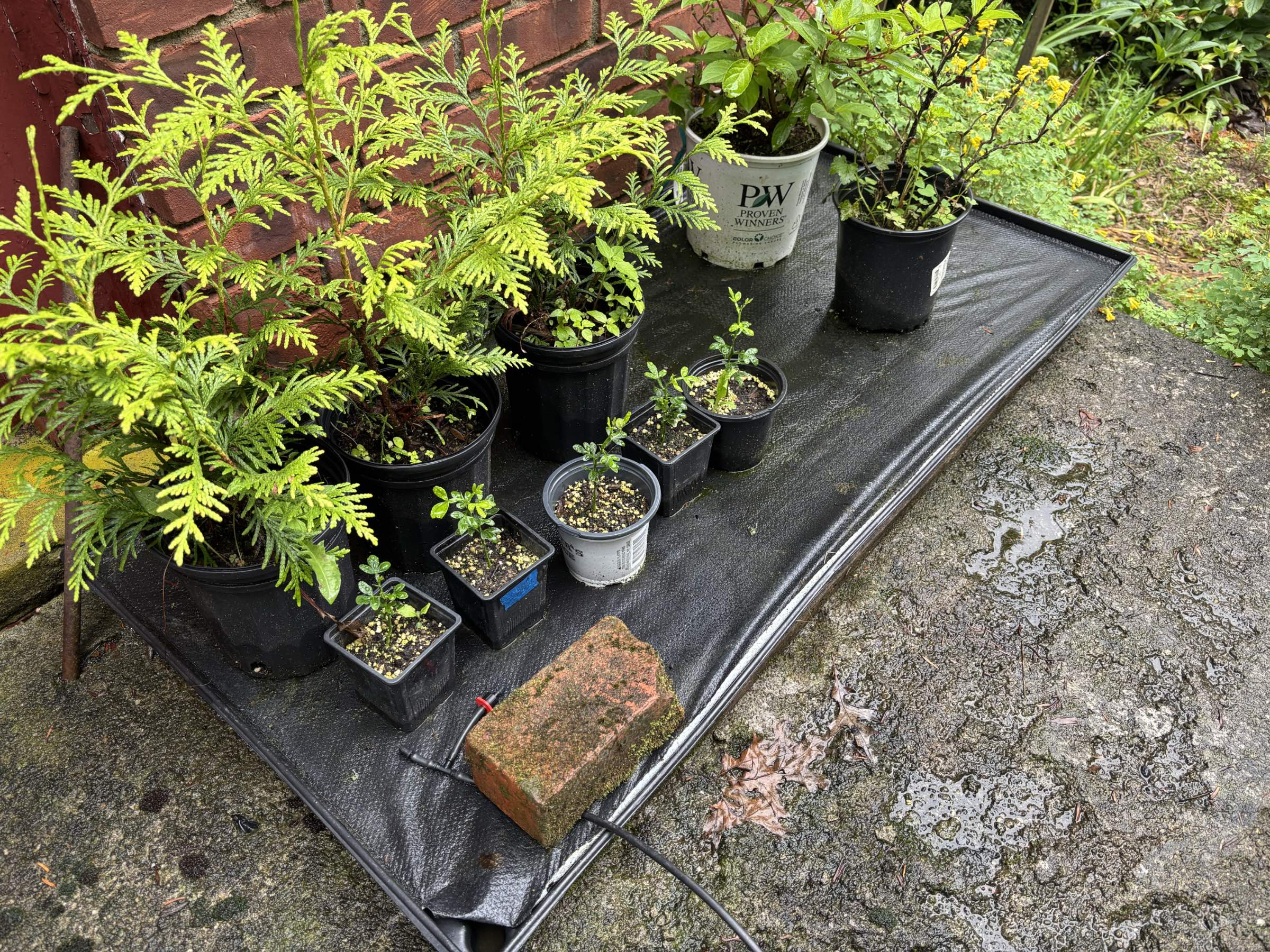
All these potted plants look happy and healthy.



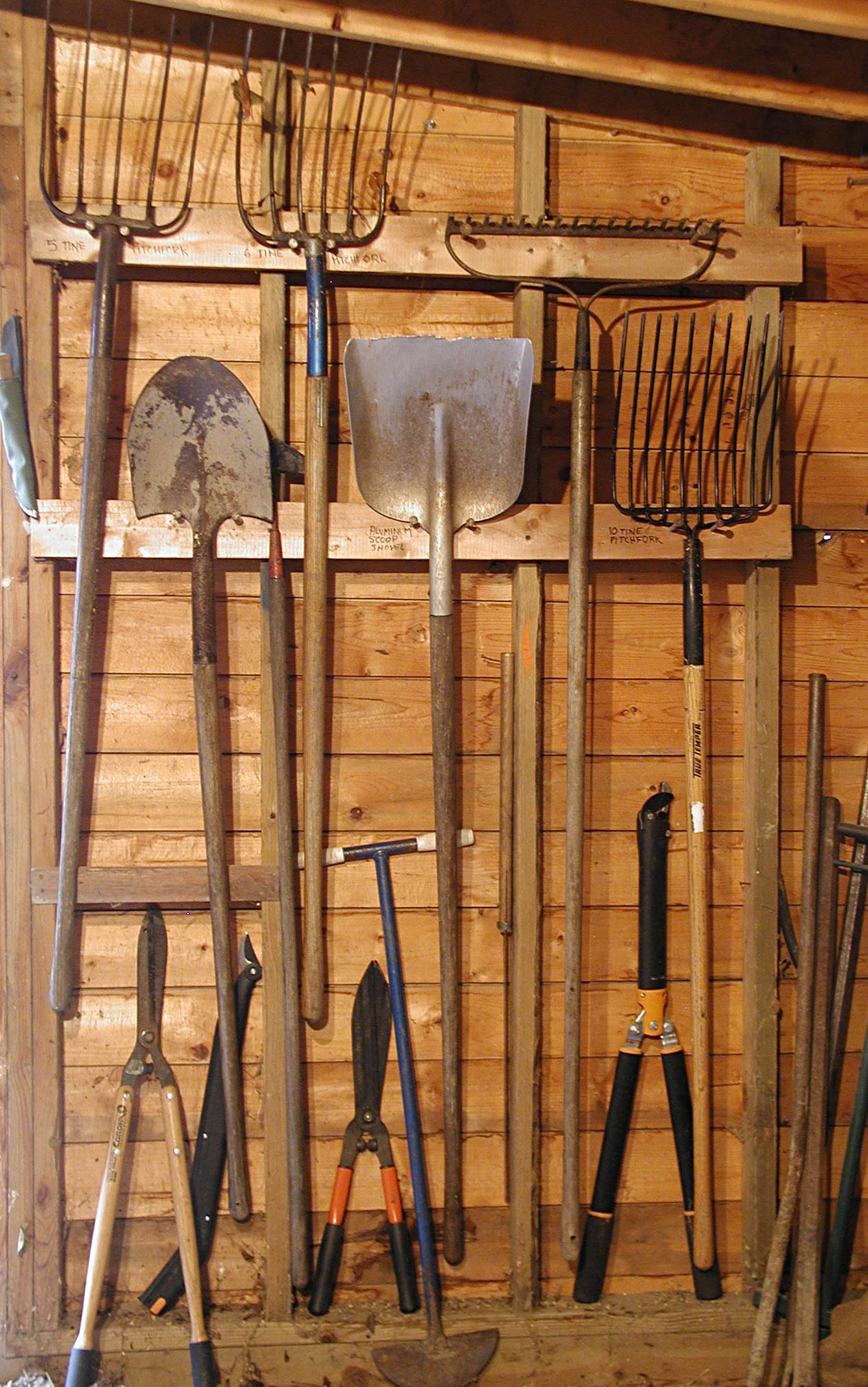
Leave a Reply
Want to join the discussion?Feel free to contribute!